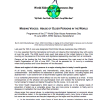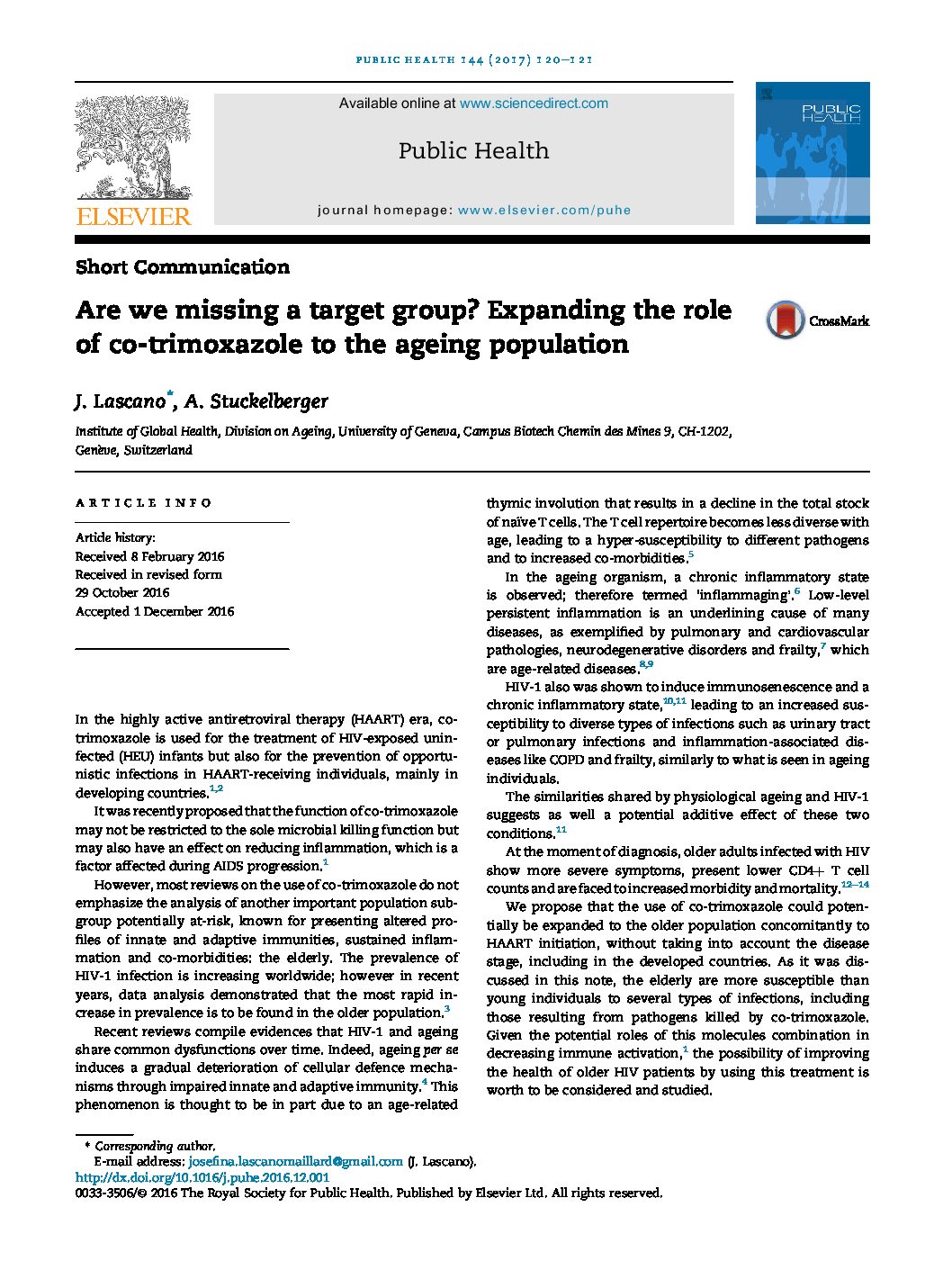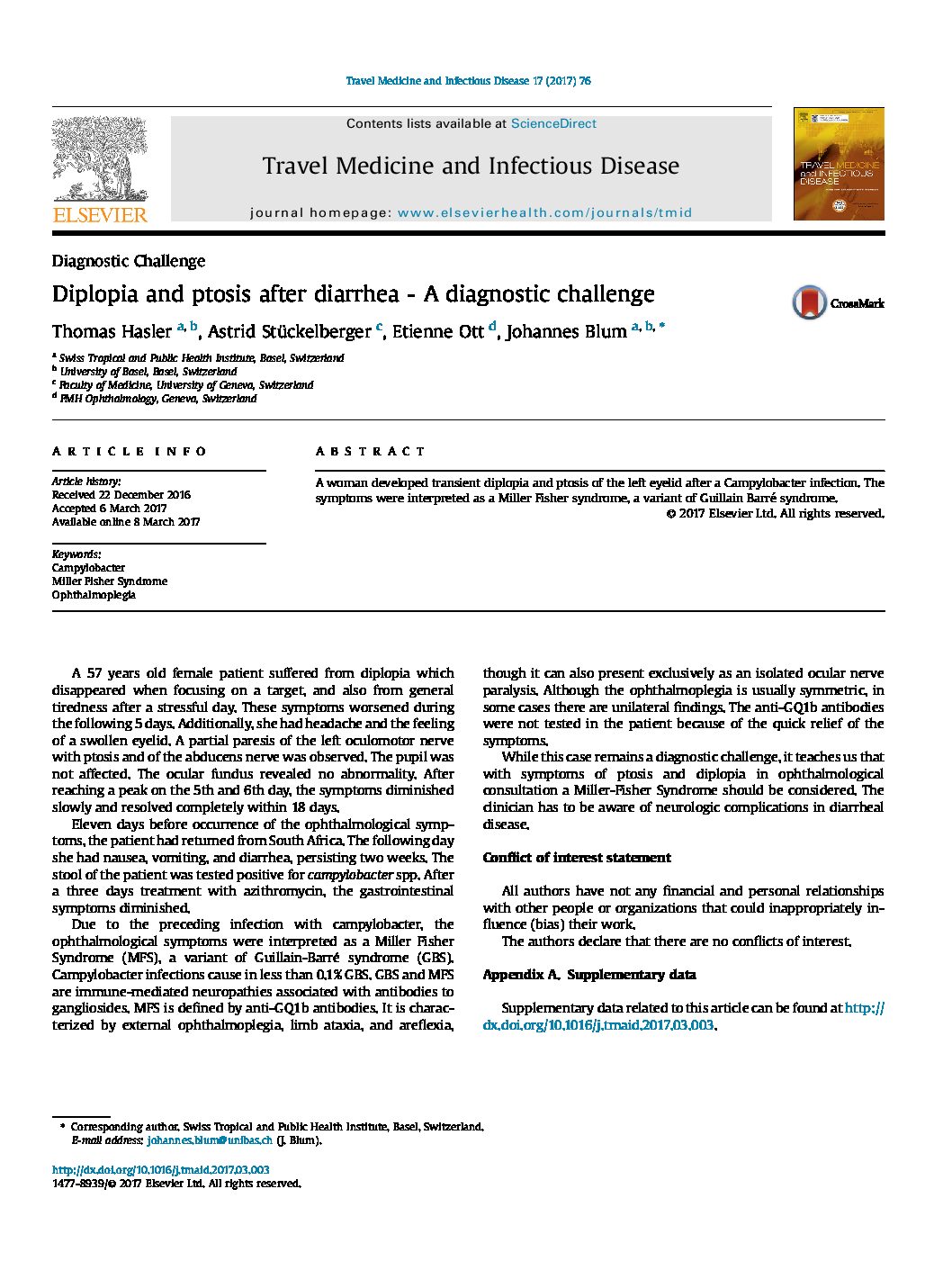MISSING VOICES: ABUSE OF OLDER PERSONS IN THE WORLD
Abuse and neglect of older persons is a major missing item in today’s world agenda.
At all levels, locally, regionally and internationally, elder abuse is under-recognized and underestimated – and therefore not addressed or prevented. Elder abuse – including neglect and abandonment – is an extreme form of discrimination against older persons called “ageism”.
Related products
The roles of a Grandmother in African societies – please do not send them to old people’s homes
October 1 is the International Day of Older Persons, a recognition that has been in place for over 20 years now, but I must say very few stop to commemorate this day – myself included [1].
The day is supposed to be celebrated by raising awareness about issues affecting the elderly and to appreciate the contributions that older people make to society [1,2]. What is the one thing that most of us today are going to become? – get older [3]. Populations around the world are rapidly ageing. Age- ing presents both challenges and opportunities. Societies that adapt to this changing demographic and invest in Healthy Ageing can enable individuals to live both longer and healthier lives and for societies to reap the dividends. 80% of people over 60 will live in low-and middle-income countries by 2050 [2,4]. In Africa, old age is a social category experienced in relation to other generations, especially to youth while [5] as in Europe old peoples’ homes have been established and more or less accepted as the living ar- rangement for the elderly. This is however without draw backs. Though moving into a nursing home is an individual experience [6], people who move into a nursing home experience different types of chang- es which they feel to a greater or lesser degree as stressful. The change in social status, the impact on au- tonomy, the feeling of having no place to call home, the change in social contacts, and the reduction of habitual activities rank first in the presentation of the results and endanger the people’s identity which they had before [6,7]. Nursing home residents have experiences which they perceive as compulsive and degrading [8].
NANOPARTIKEL NANOTECHNOLOGIE
ultrafeine partikel, d.h. partikel mit einem aerodynamischen durchmesser von weniger als 0.1μm oder 100 nm, werden mit dem atemstrom bis in die tiefsten lungenabschnitte transportiert. sie lagern sich dort zu einem höheren anteil ab als grössere partikel und werden durch die alveolarmakrophagen weniger ef – zient entfernt. ultrafeine partikel haben insgesamt eine grössere Ober äche und können deswegen grosse mengen adsorbierter oder kondensierter schadstoffe tragen. sind sie deshalb stärker toxisch als feine par- tikel? ist es die hohe zahl der ultrafeinen, die entscheidend für Gesundheitsschäden verantwortlich ist?
La Lettre Emerit – L’évaluation sociétale des nanotechnologies: un tour d’Europe
L’évaluation sociétale des nanotechnologies: un tour d’Europe








